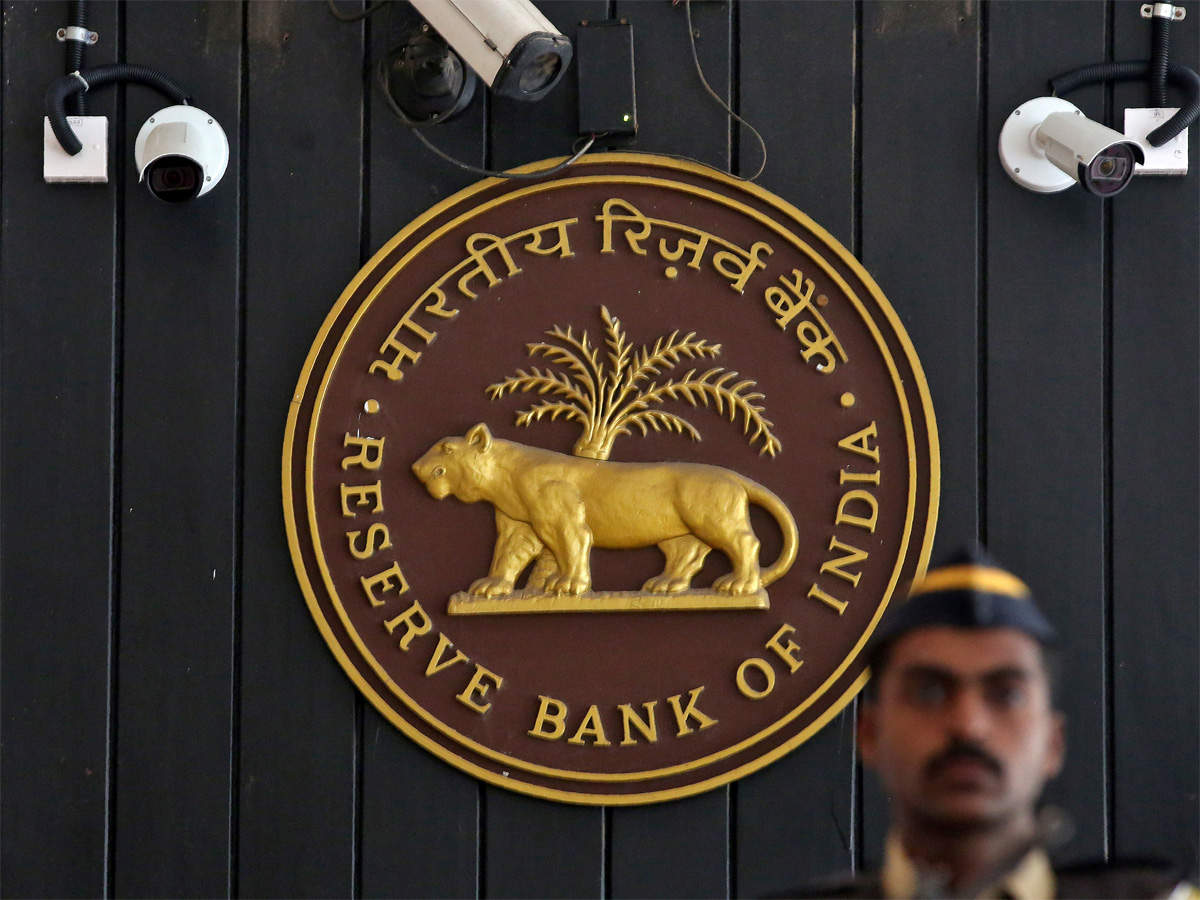INSUBCONTINENT EXCLUSIVE:
The growth-inflation dynamics continues to point towards a dovish policy tilt in the upcoming MPC meeting
Since the last policy, domestic and global economic outlook has deteriorated further.
Domestic high frequency indicators continue to point
towards ongoing cyclical slowdown led by the lagged impact of higher oil prices, a weaker rupee, tightness in the financial market and
Fading private consumption growth is expected to keep domestic growth muted in the coming quarters.
Flobally too, economic slowdown is
becoming more pronounced which is increasingly getting reflected in the dovish rhetoric and readjustments of the monetary tightness path by
developed market central banks
The US Fed, following the ECB, decided to keep the federal funds rate unchanged and signalled its intent to retain status quo through the
In fact, markets are now assigning a 63.6 per cent probability of a rate cut in 2019 after the Fed unexpectedly announced plans to stabilise
the size of its balance sheet from October 2019.
In the backdrop of a much softer global environment, the MPC can focus solely on inflation
and growth concerns in India
While core inflation remains sticky (mostly led by unexplained spikes in components like rural health and education) but overall slowdown in
growth is expected to ease the core inflationary pressures in the months ahead
Upside risks could, however, emanate from volatility in food and fuel prices, monsoon, and fiscal slippages.
Nonetheless, the seemingly
in-part structurally benign food inflation along with softening growth should provide space for the MPC to cut the policy rates by 25bps in
April followed by another 25bps in June 2019
However, the monetary transmission is contingent more on the liquidity stance to be pursued by the RBI in the months ahead.
Lately, there
has been a complete reversal in liquidity conditions from a problem of deficit to a problem of plenty
While the rupee liquidity deficit was expected to widen significantly by year-end on the back of cash balance build-up by the government and
CRR product build-up, forex inflows has led to a much more benign liquidity condition.
Surplus dollars in the last few days of the year has
led to significant dislocation in the forex markets in a very short time and, hence, changed the rupee liquidity dynamics
The consequent surplus dollars led to the cash-tom rate (the rate of swapping dollars to rupee on the next working day) hitting record high
of 73.12% intraday on year end (compared to an opening of ~22.5%).
While spikes in cash-tom rates are a seasonal year-end phenomenon, the
usual uptick seen in previous years has been around 10%
With the onset of a new financial year, the distortion should gradually ease.
We see rupee liquidity quite comfortably in surplus through
most of H1FY20 on the back of frontloading of government spending and continuation of forex inflows at least till the general elections even
as currency in circulation should remain a drag
liquidity framework needs to be redefined as little has been discussed on the liquidity stance after April 2016
address the nuances of the liquidity situation in the system
Also there seems a disconnect in the current framework as the MPC decides the policy rate but does not contribute to the transmission of the
desired level of interest rates) are in sync with each other to ensure smoother monetary policy transmission.

